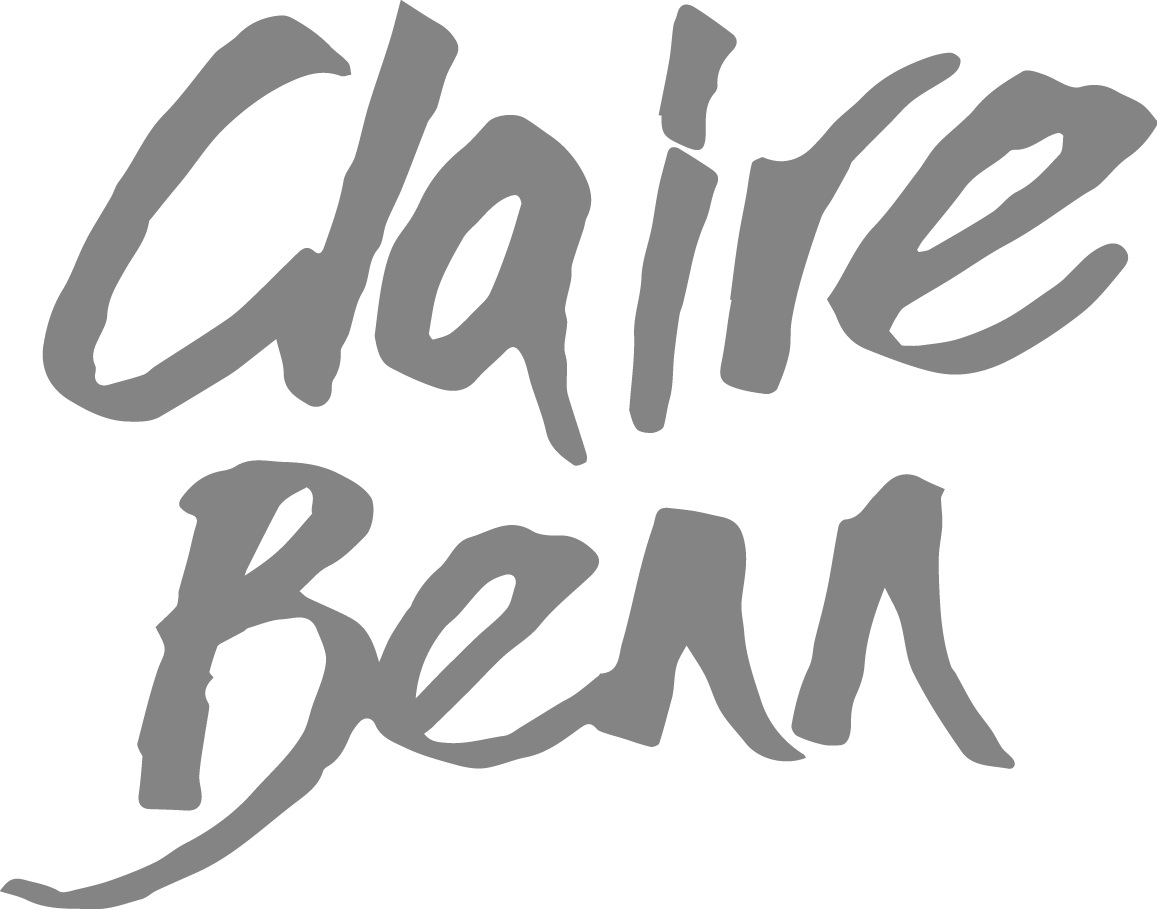Of Materials and Making
January’s blog led me to surmising that most of us wouldn’t hang a piece of art in our homes unless we responded to it in some way, and how that response was likely to be pleasure-based. In contemplating that, I began to think about how materials and the making process really matter to me. Why did I automatically choose the word ‘materials’ rather than media?
I suppose the simple answer is that I predominantly work with textiles; cloth and thread.
And then – of course – I couldn’t help but look up both words in the dictionary;
Material: the matter from which a thing is made: Cloth, fabric: things needed for an activity.
Medium: the means by which something is communicated: the intervening substance through which something is conveyed to the senses: the material or form used by an artist.
As they’re pretty interchangeable I’m going to stick to using the word ‘materials’. So how did I end up choosing my materials?
When I ventured in to the world of textiles, I was inspired by the beautiful combination of form and function in Amish and Mennonite quilts and simply wanted to have a go.
And how did Anni Albers think we choose our materials? She says: “How do we choose our specific material, our means of communication? “Accidentally”. Something speaks to us, a sound, a touch, hardness or softness, it catches us and asks to be formed”.
Textiles caught me. I began by learning some basics but quickly realised I wanted to use cloth that I had coloured and designed - although I didn’t want to weave. Early explorations with dyes and surface design processes were hugely exciting and hugely frustrating. Some I loved; the meditative sweep of a brush lightly loaded with liquid dye paint. The energy and rhythm of screen and thermofax printing. The freedom and speed of a scraper.
The fluidity of a needle-nose bottle. The flexibility of mono printing. The repetition of using a simple tool over and over and over. I didn’t have the ‘touch’ for some tools - sewing straight lines with a sewing machine proved a challenge and to this day I don’t respond well to machine work.
I re-discovered the meditation of hand stitch, the quietening of the mind that comes with needle in, needle out. The expansion of mind a repetitive action can bring; freedom to wander often brings forth new ideas or solutions to problems.
Earth pigments provided me with a direct connection to my inspiration of place and landscape and I love their materiality, their ‘grittiness’; the way they provide literal texture to the tactile qualities already inherent in cloth and thread.
I learned that before I could get to the ‘creation’ part - the realisation of my ideas and inspirations - I had to master both the materials and the making process. I had to learn the craft. Once I’d achieved that, I’d be free to become creator as well as maker, free to use my material in any way I wanted, free to transform my inspirations into artworks. And finally, with due diligence paid to composition, I’d finally get to the stage of artist.
Again, Albers writes “We are finding our language, and as we go along we learn to obey their [the materials] rules and limits. We have to obey, and adjust to those demands. Ideas flow from it to us and though we feel to be the creator we are involved in a dialogue with our medium. The more subtly we are tuned to our medium, the more inventive our actions will become. Not listening to it ends in failure”.
Lots of failures! Sometimes I didn’t listen, didn’t pay attention, didn’t think, didn’t have the dialogue. I got impatient or plain angry. It took me 10 years of practise to establish a practice. To get to a point where I felt I knew what made a good composition. To settle on what I wanted my work to communicate – what sensibilities I wanted my work to stimulate in the viewer.
I also began to appreciate how the acts of making and creating gave me a great deal more than a piece of art. I began to acknowledge how important it was for me to be in the studio. How engaging with materials and making and manifesting my inspirations began to connect me to who I really was and what I really valued in life.
In my studio I experience…
Solace, peace, rest.
Excitement, curiosity, discovery, joy.
Mistakes, failure, frustration, disappointment, anger, despair.
Hope, determination, enquiry, resourcefulness, discipline.
Stimulation, engagement, contemplation.
Solitude, community, companionship.
Quiet mind, wild mind.
Action, physicality.
Anni Albers says “What I am trying to get across is that material is a means of communication. That listening to it, not dominating it makes us truly active, that is: to be active, be passive… The finer tuned we are to it, the closer we come to art. Art is the final aim”.
I am in service to my materials and the making process, and they are in service to me. They bring me home.
All quotes taken from ‘Material as Metaphor’ (‘Anni Albers: Selected Writings on Design’ by Brenda Danilowitz, published by Wesleyan University Press).
With thanks to Sinéad, who gifted this book to me and to Katie Vandyck for her brilliant photography.






